Genus:Helichrysum
Species:bracteatum
Variety:King Size Formula Mix
Item Form:(P)Pkt of 100 seeds
Bloom Start to End:Early Summer – Mid Fall
Habit:Upright
Seeds Per Pack:100
Plant Height:3 ft – 3 ft 4 in
Plant Width:12 in – 18 in
Additional Characteristics:Direct Sow,Easy Care Plants,Flower,Long Bloomers,Repeat Bloomer
Bloom Color:Mix
Foliage Color:Medium Green
Light Requirements:Full Sun
Moisture Requirements:Dry
Resistance:Heat Tolerant
Soil Tolerance:Normal, loamy
Uses:Border,Beds,Cut Flowers,Ornamental,Outdoor
King Size Formula Mix Strawflower contains short-lived tender perennials (Zones 8 to 11), typically grown as annuals, that bloom throughout summer and fall, typically to first frost. Borne on tall, stocky stems, the flowers have a yellow center surrounded by concentric rings of stiff and strawy petal-like bracts. This merry mix includes 6 vivid colors: golden yellow, frosted sulphur (cream), orange, red, silvery rose, and silvery white. The showy flowers are pollen- and nectar-rich, so they attract pollinators, such as bees and butterflies, to the garden; but they are long-lasting too and often grown for cut flowers. In fact, strawflowers are a favorite for the dried flower market because they retain their shape and color when dried.
Helichrysum bracteatum (syn. Xerochrysum bracteatum) varieties, commonly called strawflowers, everlasting flowers, paper flowers, and paper daisies, these tall-stemmed strawflower varieties are well-branched and have a clumping habit and rapid growth rate. Strawflowers are a natural for pollinator gardens, butterfly gardens, and cutting gardens, but they grow well in rock gardens and Mediterranean gardens and are perfect container and back-of-the-border plants, especially nice in cottage gardens.
Easy to grow and low maintenance, strawflowers love the heat and grow best in sunny locations with average to dry, sandy soil. The plants adapt to most soils, as long as they are well-draining, and tolerate drought and some shade, especially in the afternoon in extremely hot climates, but best flowering is in full sun in most climates. Deadheading spent blooms promotes side shoots and more blooms. Deer resistant.
Direct sow strawflower seeds when soil temperatures reach 65° to 75°F or start seeds indoors 6 to 8 weeks before the last frost and transplant outside when night temperatures are consistently above 50°F.
If you plan to start your seeds indoors, be sure to check out our Bio Dome Seed Starter Kit. With the Bio Dome, you can control the temperature, light, and soil mix to ensure your seeds become strong for transplant.
| Weight | 1 kg |
|---|---|
| Dimensions | 1 × 1 × 1 cm |
Be the first to review “King Size Formula Mix Strawflower Seeds” Cancel reply
Shipping is an additional 15-29 business days depending on location. Shipping time will be provided at checkout.
Returns
If seeds fail to leave China, we will refund your payment 100%. But if seeds fail to reach you due to customs problem on your side which we were not informed in advance, we will not be able to bear any loss, and no refund will be made.
We sell only viable plants seeds online, and test germination of our seeds from time to time. So we will not be able to refund for seeds that clients fail to germinate, unless we are convinced that it's truly problem of our seeds.
———
Please send us an email: [email protected] and be as detailed as possible while filling in the information.
After submission, We will reply to you within 24 hours. Please be patient.
———
CHARGEBACKS & DISPUTES
Please contact us by email before opening a merchant chargeback or payment dispute, as we can generally resolve the issue before that takes place. Any chargebacks and disputes disable our ability to issue refunds or credits due to funds being frozen.
———
REFUND, EXCHANGE AND RETURN
Customers have the right to request a refund/ return/ exchange within 14 days from the delivery date. Our Customer Service team will offer the best solutions for specific situations.
Related products
New Flowers
New Flowers
Calibrachoa Seeds
New Flowers
Calibrachoa Seeds
New Flowers
New Flowers


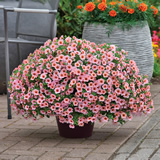
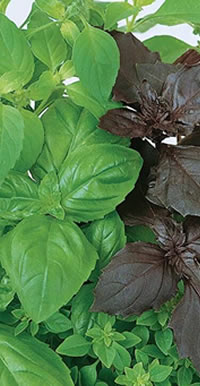
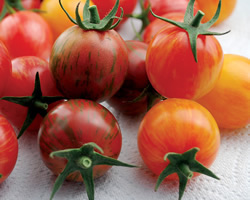
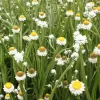
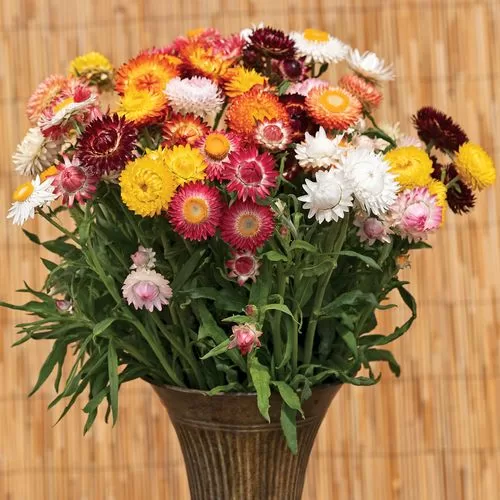
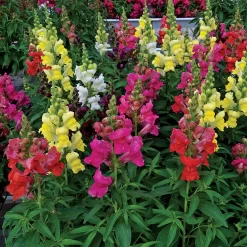
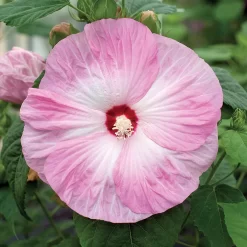
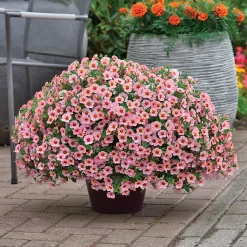
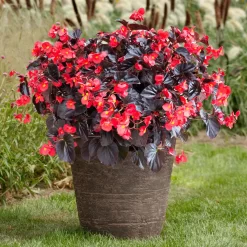
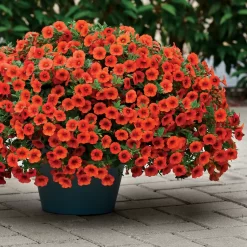
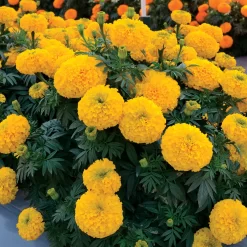
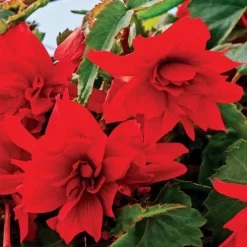
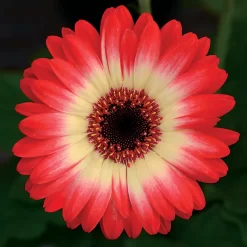
Reviews
There are no reviews yet.